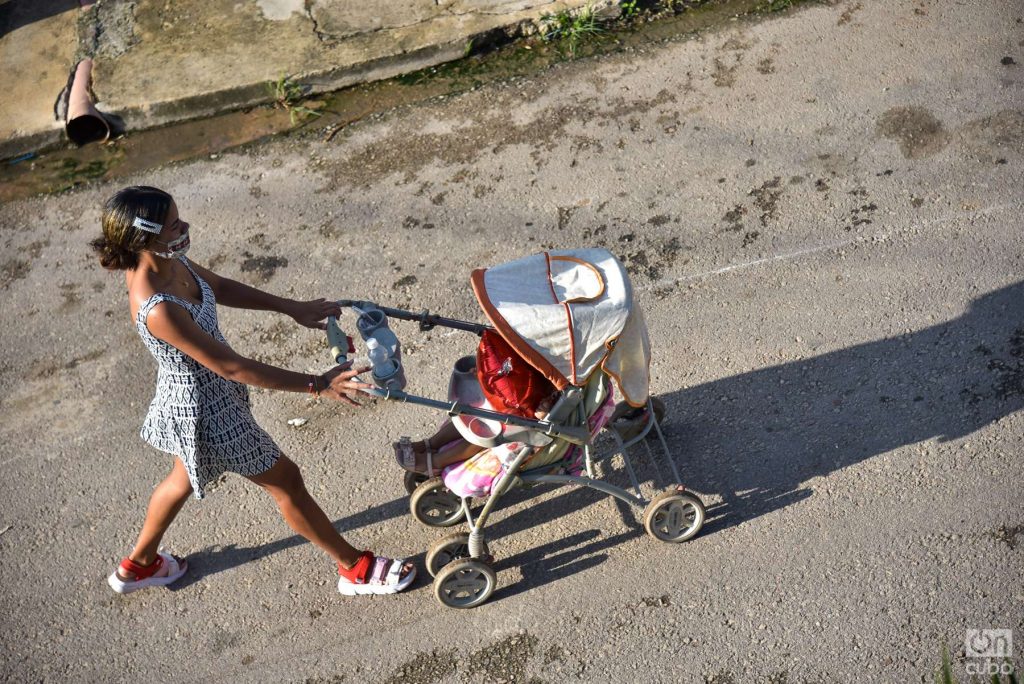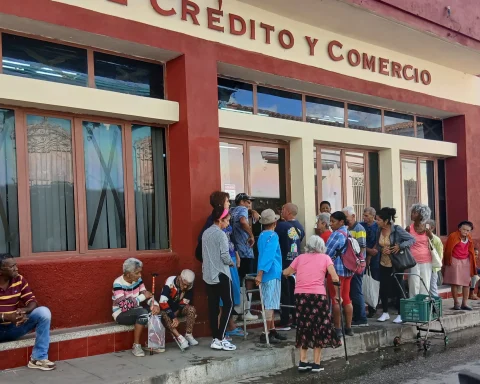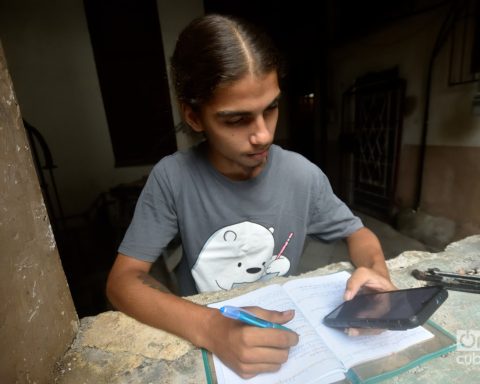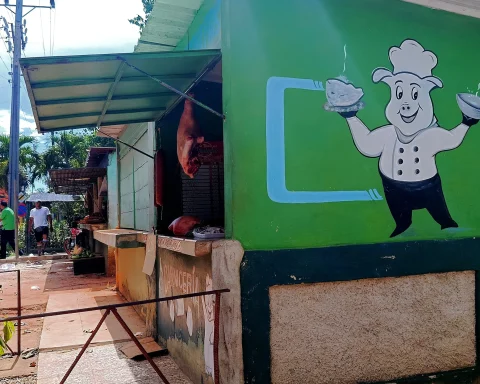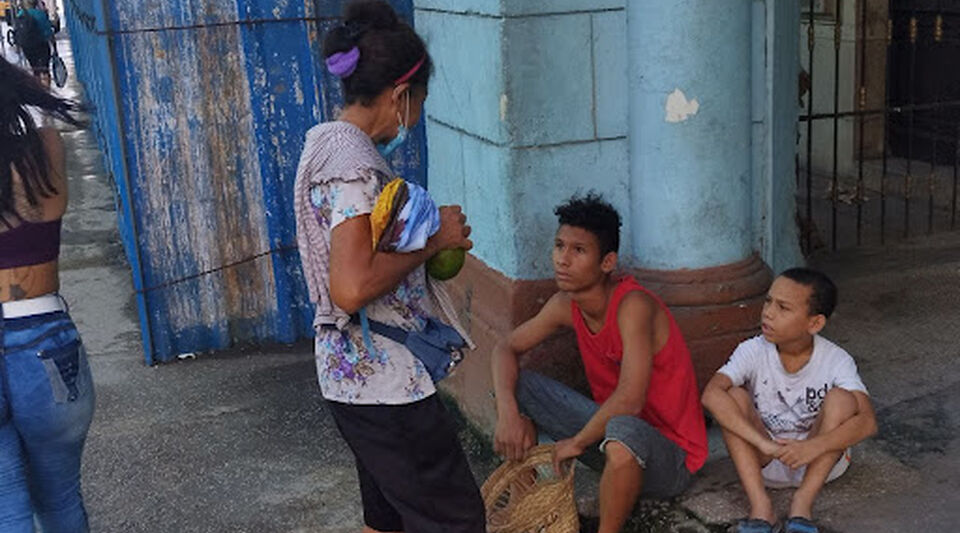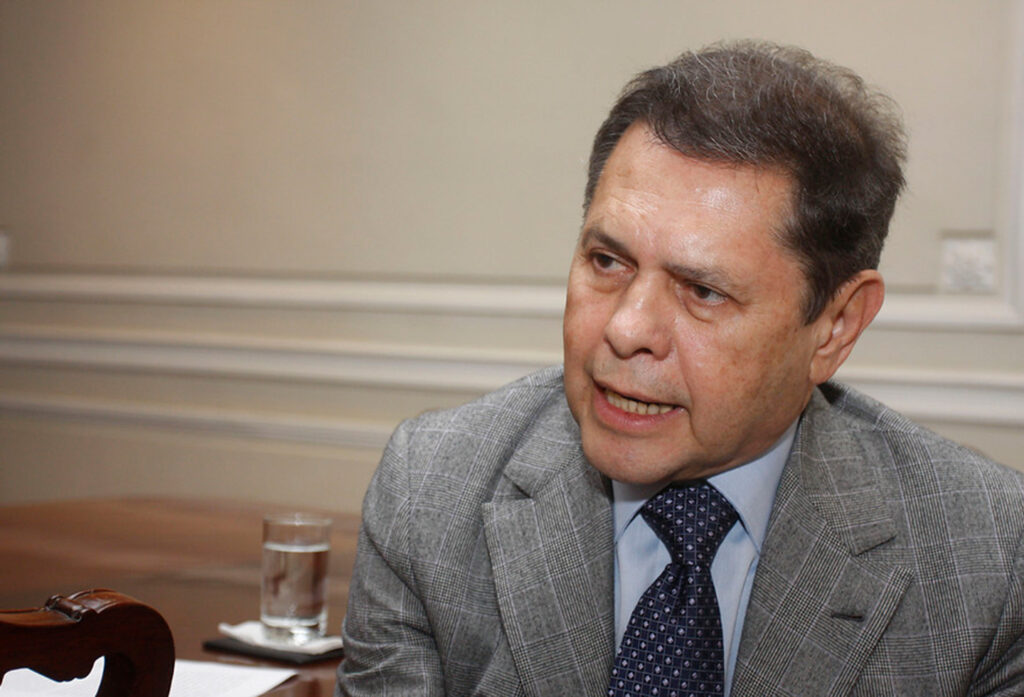Cuba Registration in 2021 an infant mortality rate of 7.6 per 1,000 live births. This rate reversed the results below 5 achieved by the country for more than a decade. It also put an end to a downward trend maintained for more than twenty years. In 2022 the numbers are not encouraging. After the first 10 months of the year, the country registers a rate of 7.4. The information offered Dr. Tania Margarita Cruz, first deputy minister of the Ministry of Public Health (MINSAP) at the end of the first half of October. The results of this indicator in the last two years imply a setback of almost three decades.
Looking back: the numbers
The most recent numbers are only comparable with those of 1996, when the Island posted a slightly higher figure: 7.9. Since 2000, rates above 7 have not been quantified in Cuba.
The most elementary calculations show that the indicators for the previous year —and those reported until October of the current year— almost double the lowest figures reached just five years ago, in 2017, when this parameter set a historical record of 4.0. A record that, moreover, managed to keep in 2018.
In terms of statistics, 2021 was the great turning point. However, the deterioration of good practices in maternal and child care in all provinces of Cuba began immediately after its historical records.
Before the arrival of pandemic —pointed out by experts as the main cause of the increase in numbers— in 2019 the country rose to 5.0.
Evidence of this is the behavior of the parameter in provinces that in 2017 showed indexes even lower than 4.0 —general average of the country— such as Sancti Spíritus (2.0), Pinar del Río (2.1), Camagüey (3.0), Holguín (3.3) and Ciego de Ávila (3 ,8). In 2019 all these territories quantified higher numbers. Most of the rest of the country suffered the same fate.
Undoubtedly, the impact of the pandemic in 2021 radicalized the trend of increasing infant mortality. The territories with the best statistics in 2017 illustrate this: Sancti Spíritus, Camagüey and Holguín doubled their statistics then; while Pinar del Río (9.6) and Ciego de Ávila (13.6) multiplied them almost four times.
Given the direct effects on the health of pregnant women and the context of tension in which the country’s health system was submerged, the efforts and resources were not sufficient to contain the growth of the figures. However, just two months before closing 2022, the Island maintains a high indicator. This occurs despite the fact that Sars-Cov-2 is contained with mass vaccination.
Cases and things of the upward trend
The fact that the rise in the Infant Mortality (IM) figures has not managed to change significantly so far in 2022 shows that the recovery of better numbers in the maternal and child program (PAMI) depends on the solution of other causes not so new; some of them particularly aggravated.
This was verified in her most recent information by Dr. Tania Margarita Cruz, pointing out among the main “problems related to the results of the program” that have been identified throughout the national territory this year, the “incomplete templates of cadres and officials who involved in maternal and child care.
In the words of the deputy minister, this lack prevents the achievement of “the necessary effectiveness in the control and inspection actions that correspond to the cadres”. In particular, the systematic inspection and control actions of hygienic-sanitary conditions in hospital services. Without such control, “procedural violations are committed in some of the country’s institutions” which, according to the Minister of Public Health, José Ángel Portal Miranda, gives rise to the appearance of “acquired sepsis”, one of the “main causes of death” both in children and in mothers.
At the end of October 2022, according to the deputy minister, “incomplete templates” were reported in Pinar del Río, Ciego de Ávila, Camagüey, Guantánamo, Santiago, Granma, Mayabeque, Villa Clara and Havana, nine of the country’s 15 provinces. .
Nor does the constructive situation of the delivery and cesarean section rooms and other hospital structures help. The deterioration and overexploitation of health facilities, added to the lack of resources for their restoration, are factors that favor the appearance of infections acquired within medical centers. Thus, the forecasts are not promising. In the first six months of 2022, the execution of the budget in public health and social assistance was 16 times less than the investment, for example, in business services, real estate and rental activities (construction of infrastructure for tourism), according to data of the National Office of Statistics and Information (ONEI).
The execution of the budget allocated to public health and social assistance so far this year is equivalent to less than 2% of the country’s total investments.
In this way, in addition to the lack of personnel to control health procedures in accordance with those established, there is a lack of resources and money to improve infrastructure and facilitate compliance with protocols. Unfortunately, these are not the only shortcomings faced by PAMI.
According to a report of the newspaper Invasivein the province of Ciego de Ávila —the territory with the highest mortality rate at the end of 2021—, the causes range from the Family Doctor and Nurse’s Office, where pregnant women sometimes do not receive timely follow-up, to homes maternity and labor and cesarean rooms.
Dr. Luis Carmenate Martínez, a PAMI official and head of the Provincial Group of Gynecology and Obstetrics in said province, declared it to Invasive without half measures: “prenatal care, the evaluation of risks in pregnant women and the application of protocols have failed”.
Basically, according to the specialist, because in the health areas there is a lack of “professionals in key positions”, there is a lack of “pediatricians in the Basic Work Groups” (GBT).
The GBTs are secondary health care teams made up of paediatricians, obstetricians, clinicians, psychologists and supervising nurses who must visit the offices at least once a month to consult and confirm or not the diagnoses of the family doctor on certain cases . In this sense, the GBT perform vital work. But, when there is a lack of specialists at any of the levels of health care, “the rest begin to suffer,” as Dr. Carmenate Martínez defined it.
In words of the specialist doctor in Gerontology and Geriatrics, Jesús Menéndez, in the debate space Last Thursday of the magazine Topics: “The health system is a reflection of the country’s situation.” And Cuba is going through a crisis that began before the pandemic. Since then, the health system has faced, among other problems, according to Menéndez, “the economic one and the migration of personnel.”
Hospitals outside, society inside
Outside health institutions, other no less important factors have a negative impact on the infant mortality parameter.
What recognized to the newspaper Demajagua Dr. Francisco Fornaris Jiménez, First Degree specialist in Pediatrics and head of the Provincial Department of PAMI in the province of Granma, “has been hitting us for 15 years [elevado] of low birth weight (…) and the factors are multiple: social problems, pregnancy rate in adolescence”.
Granma has been, in the last five years, the province of the country with the highest rate of teenage pregnancy, with 23.1% at the end of 2021, above the national average of 18%. But it is not the only one. Other provinces such as Camagüey, Las Tunas, and Holguín also exceed the national average, which is already high.
Risks such as low birth weight and prematurity are associated with adolescent pregnancy on the Island marked by the Cuban Minister of Health among the main “causes of death” in children.
Pregnancy in adolescents in Cuban society has among its causes the early start of sexual relations and an insufficient comprehensive education of sexuality. It is also directly related to the specific socioeconomic environment.
According to studies of the Dr.C. Reina Fleites, professor at the Department of Sociology at the University of Havana, on the island, early motherhood occurs more among mixed-race and black adolescents, living in rural environments, unrelated to study and work, and in low-income households and in precarious conditions.
To aggravate these variables in the general scenario, since 2018, the lack of availability of contraceptive methods in the pharmacy network throughout the country has been added.
In essence, it is an inescapable fact that socioeconomic conditions affect the behavior of the infant mortality rate; not only because they can condition the occurrence of unintended pregnancies —whether early or not—, but also because they influence the quality of pregnancy. For this reason, mothers with lower income per capita, and those with poor housing conditions, are recognized as more worrying, according to declared Dr. María Teresa Machín López-Portilla, head of PAMI in Pinar del Río to the newspaper Guerrilla.
In Cuba, the successful confrontation of so many unfavorable variables requires an intersectoral work that today is recognized as non-existent and that is vital. If work in the community is not coordinated with primary and secondary health care, lowering the figures will take longer than it should. More time and unfortunately also more lives.
